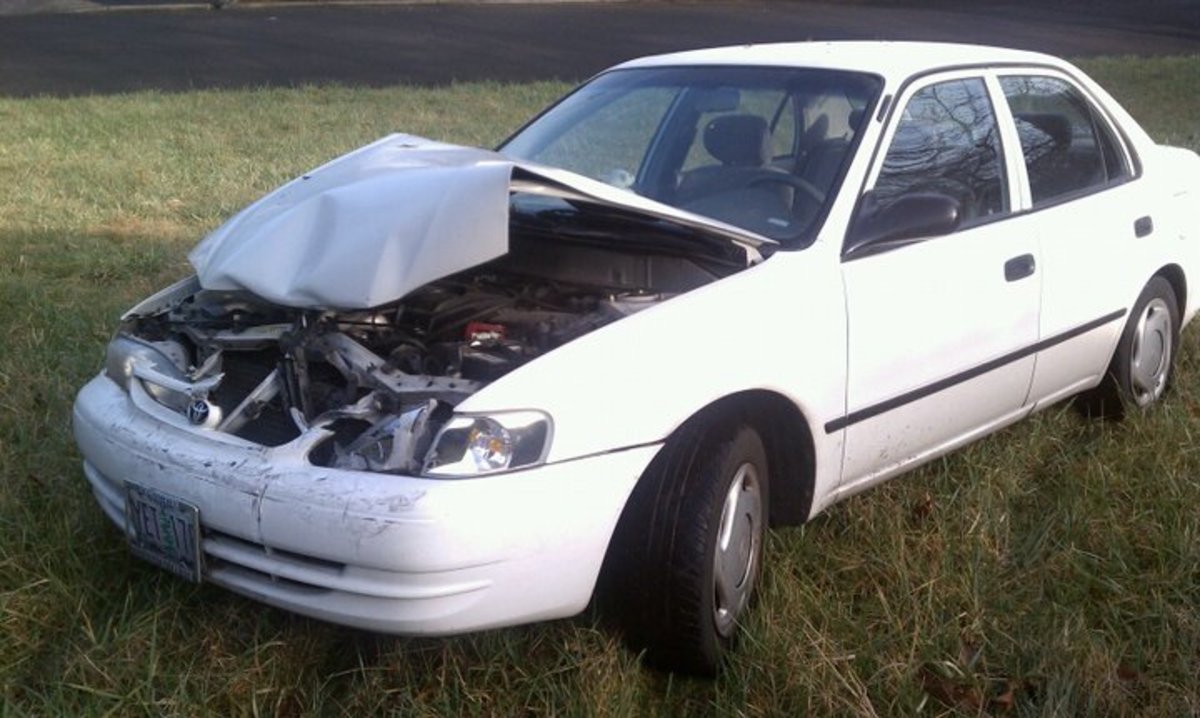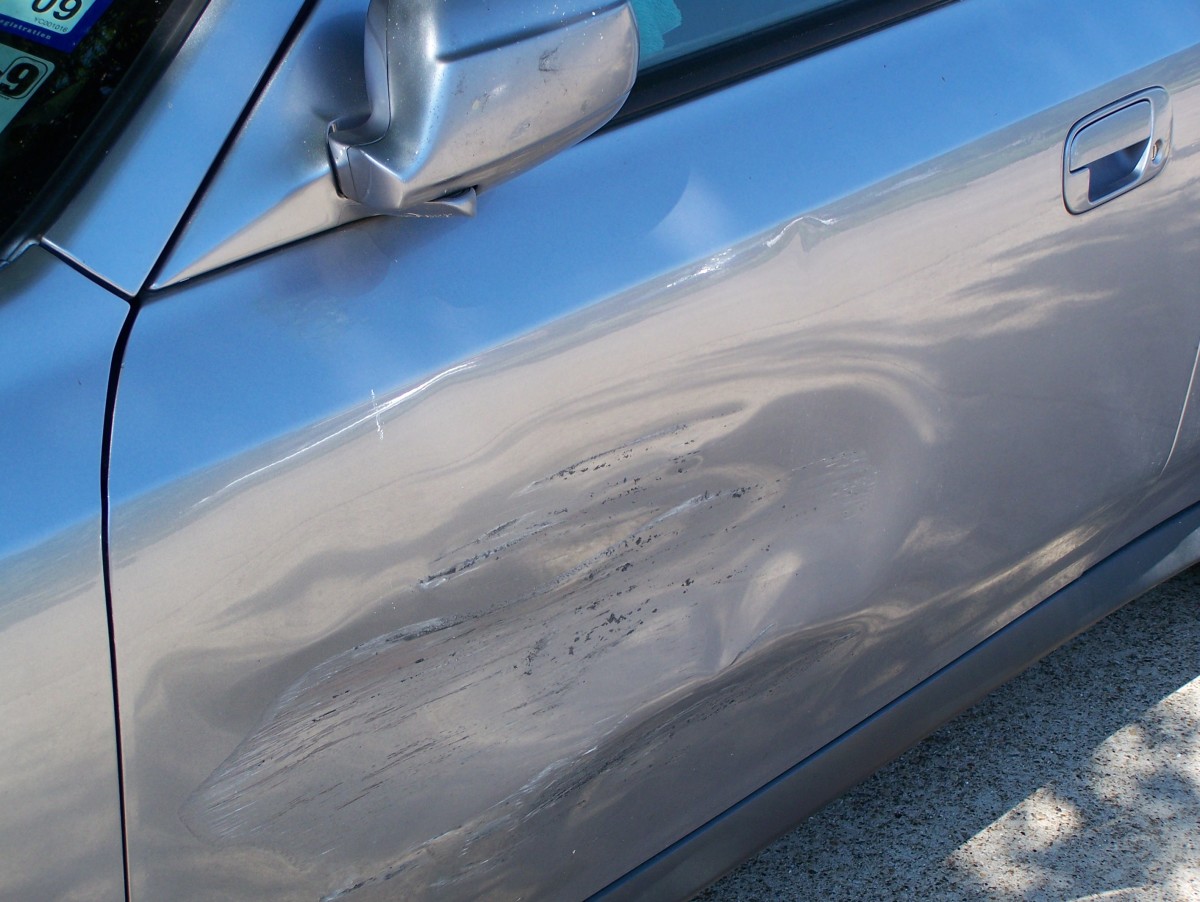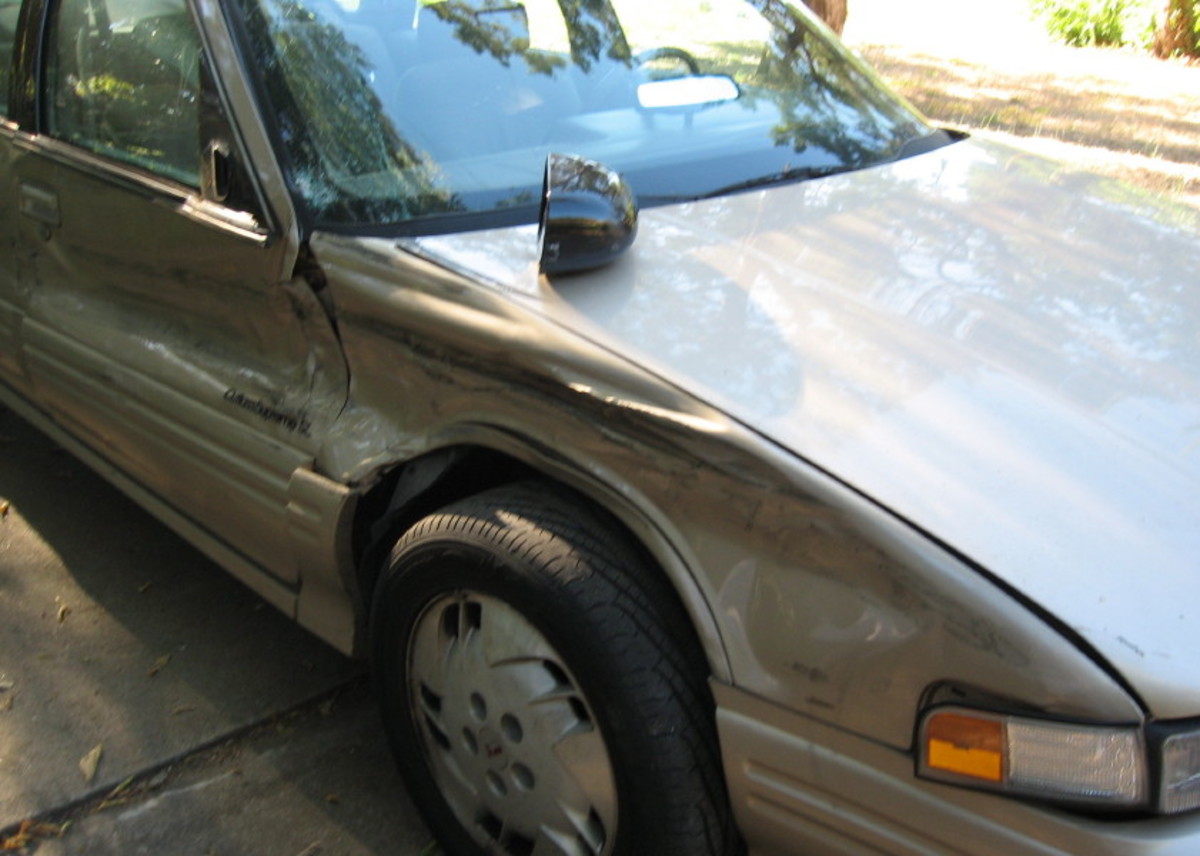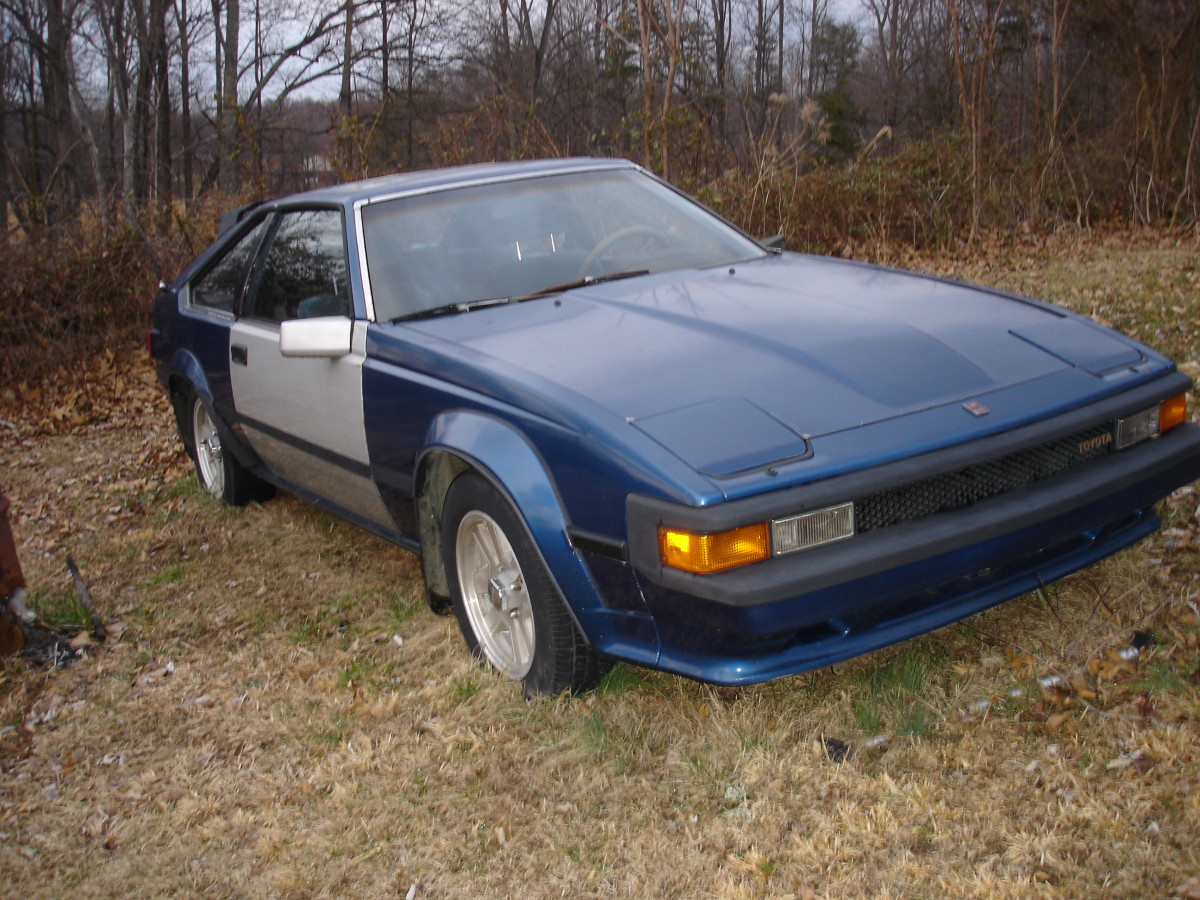How to Fix Fender-Bender Damage & Save Car Insurance Claims?
Nobody likes to have an auto accident, not even a minor fender-bender. It is possible, however, to come out of a fender-bender with hundreds of dollars that you can save towards the purchase of your next car.
First let’s clarify what this article is not about.
- We hope you weren’t seriously injured. If you had minor injuries, we hope that either your insurance or the at-fault party’s took care of that.
- We’re not talking about lawsuits. There may be a place for legal action, but it is not discussed here.
- We’re presuming that your car is either still drivable or can be repaired to safe, drivable condition.
By the way, some insurers only pay for repairs actually performed. That is, they pay the shop, not you, and you can’t pocket any difference. I won’t say they’re being unfair, but if your company is like that, don’t waste your time reading this article. If it’s a big deal to you, you might shop for another insurance company—I would.
Your claims adjuster
Assessing the damage
Your insurance company is going to assess the damage. They do that in one of three ways, depending on the company. Sometimes they have you bring your car (if still safely drivable) to a regional center where they have their own claims adjuster write up a damage estimate. If your car is not drivable, they may have their field adjuster come to the car. Sometimes they hire an independent claims adjuster to come to your car. Sometimes they ask you to get two or three written repair estimates to submit to them.
There can be a lot of variation in repair quotes. The adjuster has no motivation to be generous with you. Depending on how closely allied he is to the insurer, he may actually have incentive to be somewhat stingy. It is also possible for him to miss things, especially if he doesn’t have a lot of experience.
The first thing you need to do is get your insurance company to accept a fairly high repair estimate. If at all possible, get a couple of estimates of your own even before seeing the claims adjuster. If it’s a late-model car, take it back to the dealer. Otherwise, take your car to a couple of reputable collision centers or national chains. Tell them you are getting an estimate for an insurance claim, that you want it done right, that you don’t want them to miss anything. Your shop should understand from this that you are looking for an estimate on the high side of what is reasonable and customary. Don’t let them get the impression that you are comparison-shopping for the lowest bid—quite the opposite! There should be no discussion of deductibles.
When you have the claims adjuster from the insurance company look at the vehicle, let him know that you have a couple of quotes already. He won’t offer you a settlement without knowing what those are. But tell him that you want to see what he comes up with before showing him what your own shop came up with. If he’s higher, take it. If he’s lower, you’ve got leverage with your estimates. Maybe he missed something—that’s common. A repair shop hoping to do your work isn’t going to miss as much of that because it’s bad for business.

This car went through a hedge and was probably declared a total loss. Used parts and no paint would get this back on the road cheap and ugly--with the rest of the insurance money in hand. | Source
What if they say it’s totaled?
If the estimate to repair the damage is more than about ¾ of what they figure the car would be worth in undamaged condition, the insurance company will want to pay you only what the car is worth. They determine value based on the lowest trade-in value of that make, model and year of car—regardless of restoration or rusty relic. At that point, you have a second determination to make: Is the car worth more to you than it is to them? This goes back to the third assumption in the introduction: that your car is either still drivable or can be repaired to safe, drivable condition.
If the car is customized, unusual or rare, you might be able to make a case for valuing the car above “the book value.” I have a 1981 Toyota that is registered as a coupe. It was actually one of just 900 convertibles sold new in showrooms that year. It took quite a bit of hard-to-get documentation before the insurance adjuster doubled the value. They still said it was totaled. I didn’t see it that way, of course, and restored it, but they gave me twice as much money to work with as they initially offered.

The door skin is merely dented--fixing it is optional. The mirror is simply folded out of the way. | Source
Pocket the cash & drive it as-is
So far we’ve established that your car is damaged, but repairable, and that the insurance has paid you what it will cost to repair it. There is probably bent sheet metal that will require a body shop for repairs. Often, there is no mechanical damage—like a punctured radiator or bent wheel rim—that renders the car either undrivable or unsafe. In this case, you might want to ask yourself, “Do I actually need to have this car repaired?” If the car is several years old, you really don’t need to have it repaired to like-new condition.
If the driver’s door or hood won’t open, you probably need to get it fixed, at least enough so that it will operate. On the other hand, the whole side could have been side-swiped and cost well over $1,000, but still have working doors, windows and mechanical parts. Can you live with it ugly like that? If so, pocket the insurance money and save it for your next car. A few examples will illustrate:

This car is completely drivable, although the passenger door won't open. It just needs a mirror and windshield to be a "daily driver". | Source
Example 1: Oldsmobile
My daughter’s Oldsmobile bumped the car in front of hers. The hood worked fine, and for $2.50, we replaced a bulb with a broken filament. She pocketed slightly more than $1,000 on that one. A year later she was sideswiped by a pickup truck. She replaced the mirror and side marker light and lived with the scraped-up body panels that worked just fine. Again, she pocketed just over $1,000. Next, the car was struck broadside by an SUV. The insurance company said it was totaled and gave her $2,300. Doors on the passenger side wouldn’t open, but the car was still completely drivable. And she did drive it for another couple of months before deciding it was time to upgrade. All totaled (pun intended), that old car helped her save—or should I say earn—$4,300 towards her next car.
Example 2: Passat
One time I was run off the road by a city vehicle whose driver didn’t see me. Since there was a curb, there was significant damage to the undercarriage—the VW dealer estimated $3,500, and the city paid. The damage did not affect the alignment or anything mechanical, although it certainly looked nasty if you put it on a lift and looked at it from the underside. Since I don’t expect most people to look at my car from that angle, I didn’t have it repaired.
Repair it on a tight budget; pocket the rest
OK, but suppose that you do have mechanical damage, broken glass, or doors or hood that won’t open. You’re going to have to repair the car in order to keep driving it. But there are three ways you can economize here, individually or in combination—and this is not at all the way it was estimated to begin with. That means that whatever insurance money you don’t spend is what you get to keep. This is more palatable for a car that is several years old than for last year’s sports coupe!

The car is about 25 years old. The owner decided a used door from another car was fine and he isn't picky about paint color. It gets him around town just fine in this condition. | Source
Partial repairs
The suspension and drivetrain need to function. Safety items like windshield, headlights, taillights and turn indicators have to operate. You need to be able to get into and out of the car and open the engine compartment. If you stop there, you will have what is called a daily driveror a commuter car—something to put the miles on when you’re by yourself and don’t really care what the sheet metal looks like. Depending on who or what you typically transport, you may need more than one door operable and the trunk lid as well. You might be able to get by with partial repairs.
Shops with low overhead costs
You got your repair estimates from quality repair shops. If you need the car to last another ten years, then that’s probably where you should get it repaired. But if it’s already five years old and you only need it to last another three years or so, you can cut quality and save 50-75% of the repair cost.
Ask a trusted friend who is in the automotive business—any part of it. He knows people, or he knows others who know people. What you’re looking for is some independent guy who has no advertizing but word of mouth. He works in conditions with low overhead expense, possibly just one unit in a warehouse. He won’t accept any form of payment except cash—and doesn’t issue receipts. But he does paint and body work of good (or at least acceptable) quality, does it cheaply and is trusted and respected by someone you trust and respect.
Buy used parts
A third way to save on collision repairs is to get used parts from a salvage yard or on eBay. If you’re working with a nationwide repair chain, they probably won’t like the idea, unless it’s just for a headlight or taillight assembly. If you go with a budget shop as described above, he’ll love the idea, but don’t be surprised if he wants you to do the legwork to locate the parts. At salvage yards, you don’t necessarily have to get too greasy, but you will get dirty. Buying from eBay will cost a bit more, and the seller will already have cleaned up the part some for you. Due to the shipping, eBay works best with small but expensive items like headlight and taillight assemblies.
When my 30-year-old convertible was damaged, I needed three parts that are no longer manufactured. A quick internet search showed me which local junk yards had cars that were similar enough to have the same part. The next step was for me to drive out there and see for myself whether the needed parts were available and usable. The junk car could have been damaged on that corner or someone could have beaten me to removing those parts. When I found the parts I needed, I paid someone to remove them for me—they were big and greasy—so I could deliver them to the shop that would install them.
Where you can save a ton of money this way is on headlight and taillight assemblies, bumpers, whole doors, hoods, deck lids and glass. These are relatively easy to remove and not too dirty—not compared to a frame member or axle. I was shocked at how cheap it would be for them to install a used windshield for me right there and give me a one-year warranty. (If it’s going to leak or break due to faulty workmanship, it certainly won’t take that long to happen.)








0 comments:
Post a Comment